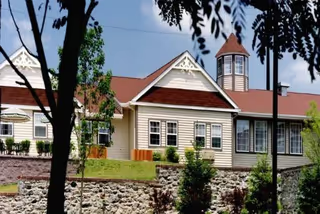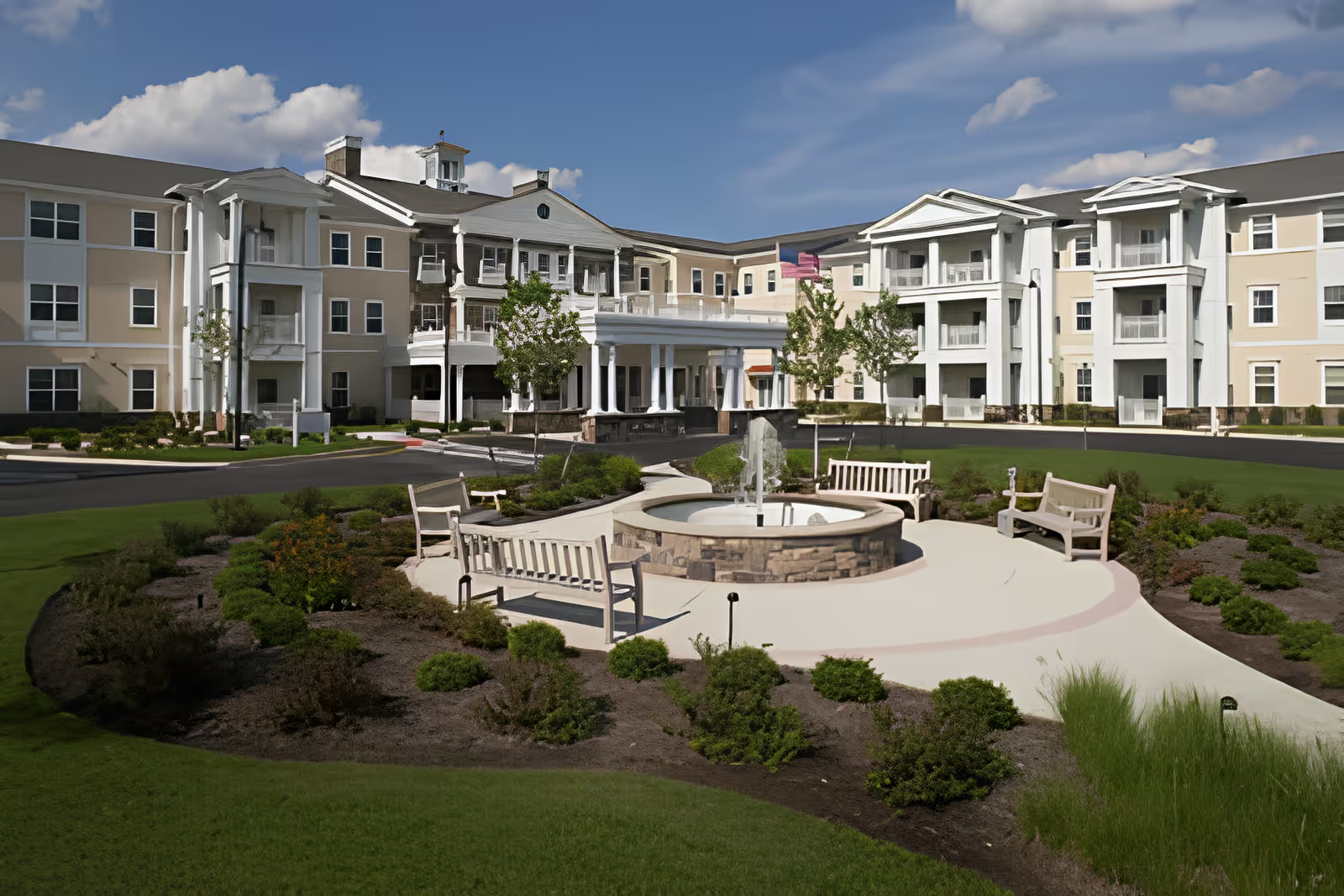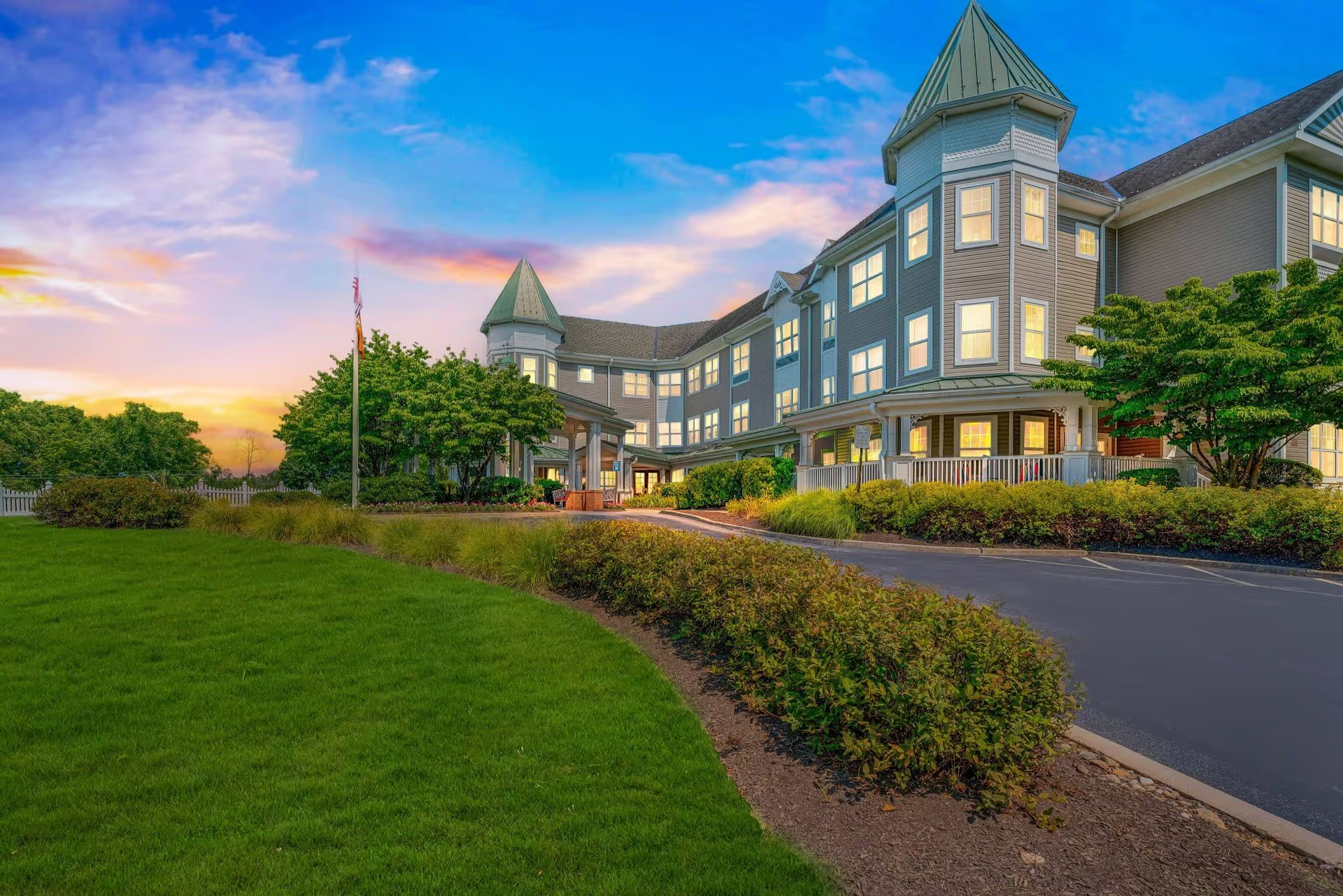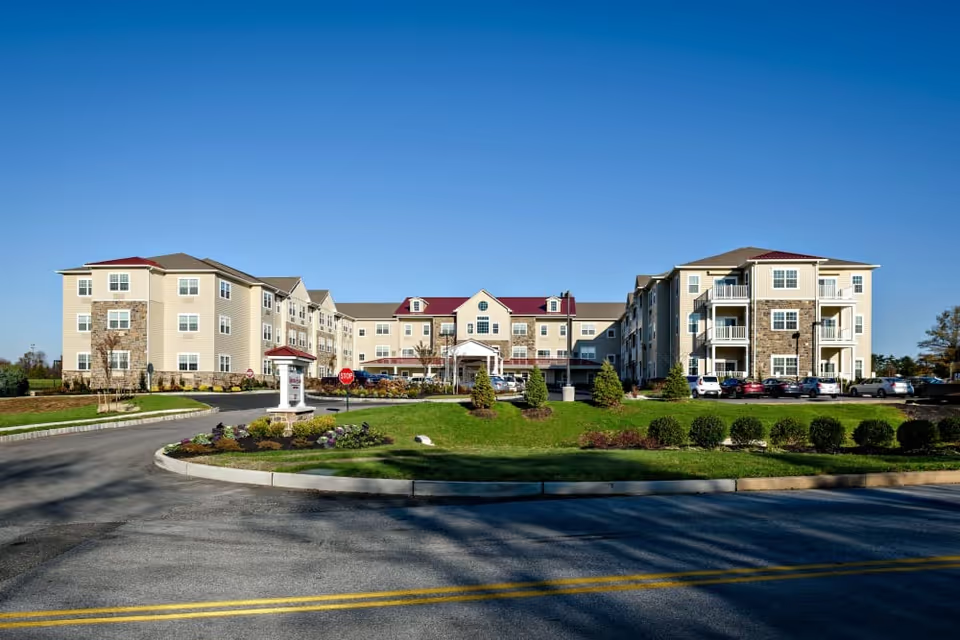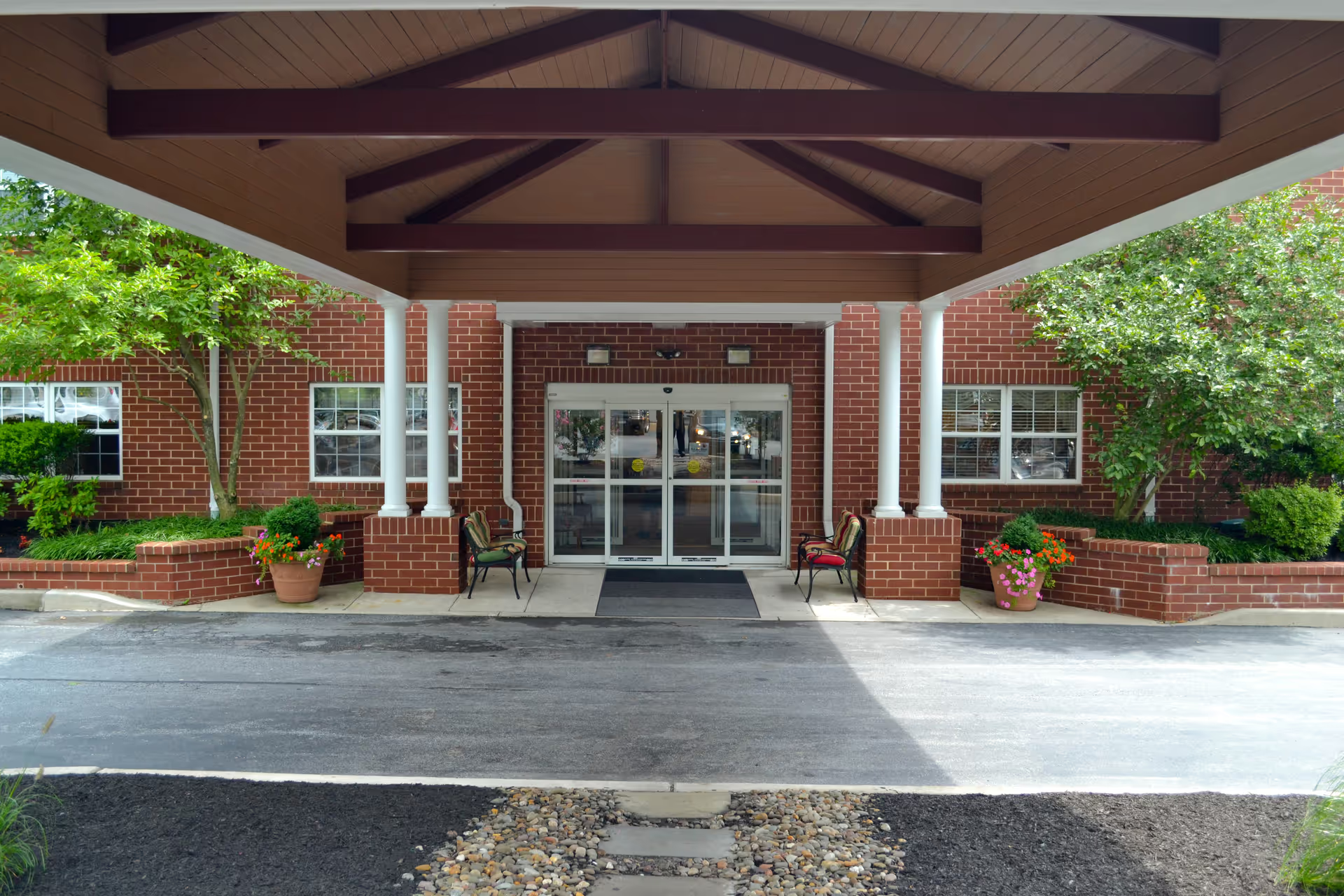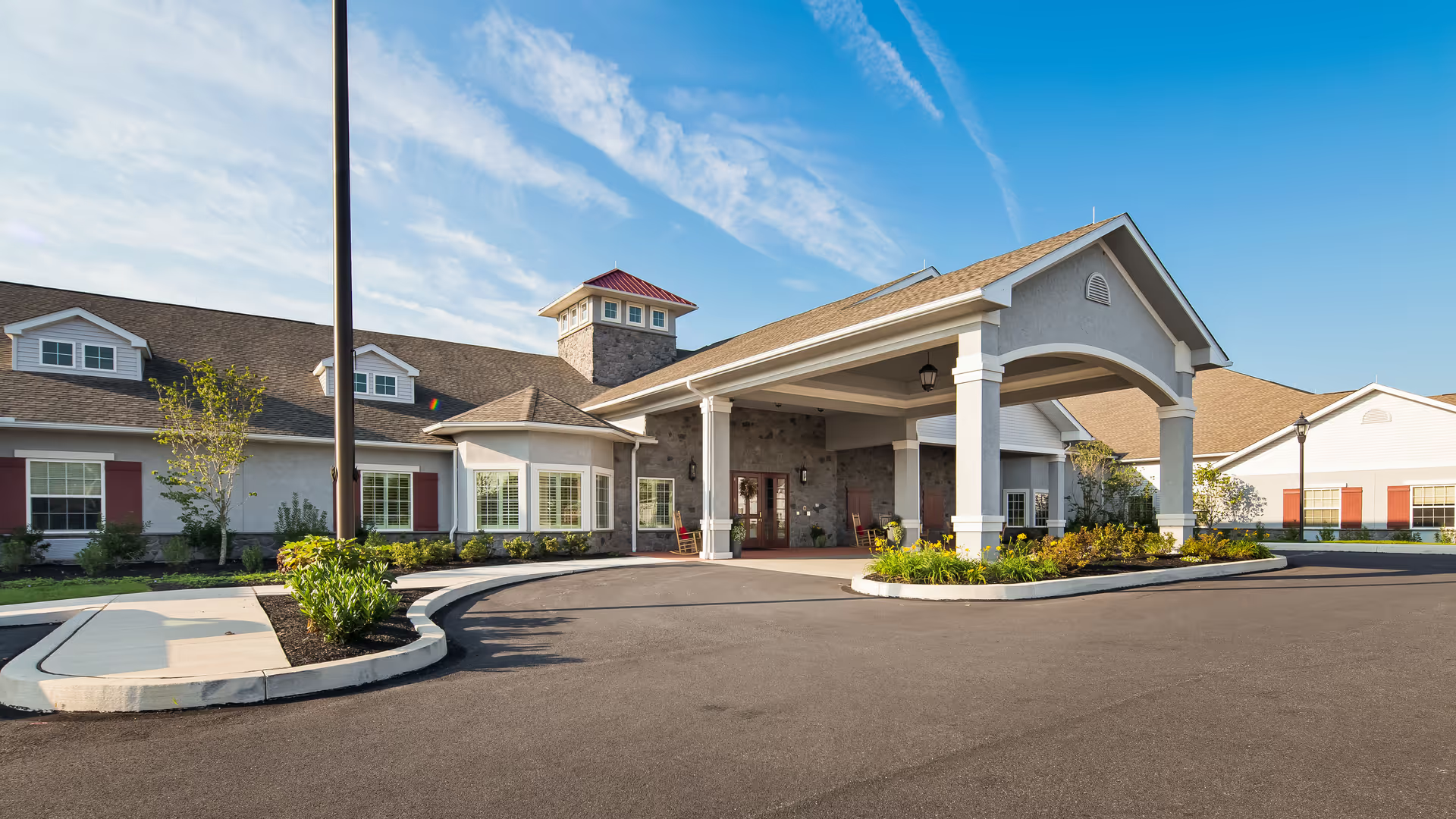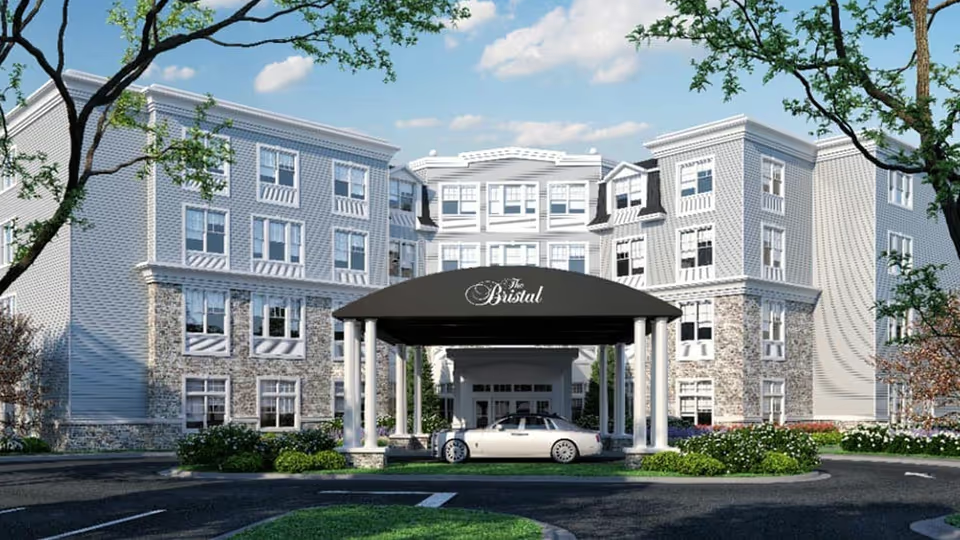The reviews for University City Rehabilitation & Healthcare Center present a highly polarized picture: many reviewers describe excellent rehabilitation outcomes, compassionate individual caregivers, and generally pleasant accommodations, while a substantial number recount troubling safety, communication, and cleanliness problems. Positive themes are especially concentrated around the therapy departments and a core group of praised staff, whereas negative themes often point to systemic issues such as understaffing, inconsistent management, and lapses in clinical care.
Care quality and clinical safety: Therapy (PT/OT/SLP) is a clear strength of the facility. Numerous reviewers report meaningful, measurable progress, increased independence, and strong emotional support from therapists who are described as encouraging, skilled, and dedicated. Conversely, several reviews cite serious clinical concerns: missed or delayed medications (including insulin), delayed or absent wound care, a Foley catheter not emptied or documented, inadequate tracheostomy management (missing inner cannula), and at least one reported readmission tied to poor medication management. These incidents suggest variability in nursing competency or processes and highlight risks for medically complex patients. There are also reports of falls and other safety lapses. Such contradictions indicate the facility can deliver high-quality rehabilitation but may struggle to provide consistent medical care for higher-acuity needs.
Staffing, staff behavior, and variability: A dominant pattern is strong praise for many individual staff members—CNAs, nurses, therapists, receptionists, and maintenance—who are described as compassionate, attentive, and willing to go above and beyond. Named staff and supervisors receive repeated gratitude for responsiveness, empathy, and practical help (equipment, mattress changes, meal accommodations). However, these positive experiences sit alongside numerous reports of rude, uncaring, or even abusive behavior, particularly on certain floors or shifts. Reviewers noted long waits at nurses' stations, ignored call bells, and instances where patients were left wet or uncovered. This wide variability by unit, shift, and individual suggests uneven training, morale, or staffing levels that produce both exemplary and unacceptable care within the same facility.
Communication and management responsiveness: Communication emerges as a significant pain point for many families and patients. Frequent criticisms include lack of physician availability after hospital transfers, incorrect or misleading information about provider coverage (e.g., nurse practitioner availability), delayed or absent follow-up from unit managers, and poor family updates on care plans and wound status. While some reviewers praise the administrator and specific managers for transparency and responsiveness, others report that administration was uncaring, unresponsive, or failed to address grievances—some even considered legal action. The mixed reports indicate that administrative practices and complaint-resolution processes are inconsistent in practice.
Facilities, cleanliness, and environment: Accounts of the physical environment are mixed. Several reviewers praised newly renovated rooms, color-coordinated decor, welcoming common areas, pleasant gardens, and a homelike atmosphere. Others described the building as run-down, hot (no air conditioning), unsanitary, and infested with pests (mice, roaches) or with empty soap dispensers and dirty bathrooms. Specific incidents—dirty sheets with dried feces and inadequate daily room cleaning—raise infection control and dignity concerns. Noise and roommate issues in semi-private rooms were also mentioned as impacting sleep and wellbeing.
Dining, activities, and amenities: Dining feedback is split: many residents and families compliment the menu variety, accommodations for dietary needs, and pleasant dining staff; other reviewers called the food poor, overcooked, or unacceptable. Activities, social opportunities, and visible friendships between staff and residents are frequently cited as positives, contributing to a homelike, socially stimulating atmosphere for many patients. The on-site dialysis unit and available respiratory support were noted as conveniences for appropriate patients.
Patterns, risk populations, and recommendations: The overall pattern is one of high variance rather than uniform quality. The facility can provide exceptional rehabilitation and person-centered care in many cases—especially when well-staffed and led by engaged therapists and caregivers—but there are repeated, serious reports of neglect, clinical lapses, and administrative failures that particularly endanger patients with high medical needs (e.g., those with wounds, tracheostomies, PEG feeds, insulin-dependent diabetes, or late-stage cancer). Families and referral sources should weigh the facility’s strong rehab track record and many exemplary staff members against documented risks: inconsistent nursing care, delayed medications, communication breakdowns, and sanitation problems.
Concluding assessment: University City Rehabilitation & Healthcare Center appears capable of delivering outstanding rehabilitation and compassionate care in many instances, but the facility also demonstrates systemic weaknesses that have led to critical lapses for vulnerable patients. Prospective residents and families should ask targeted questions before referral: current staffing ratios by shift and unit, physician and NP coverage after hospital transfers, wound-care and medication-administration protocols, infection-control measures (pest control, laundry, cleaning schedules), grievance and escalation processes, and recent quality/audit results. When possible, seek testimonials from recent patients on the specific unit and shift their loved one would occupy. For patients primarily seeking rehab and lower medical acuity, outcomes are frequently positive; for medically complex or high-risk patients, monitor care closely and confirm the facility’s capacity to meet those needs consistently.

